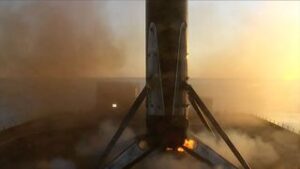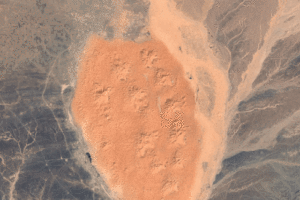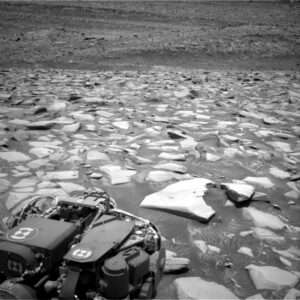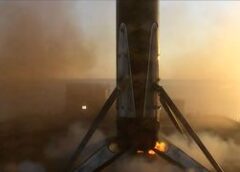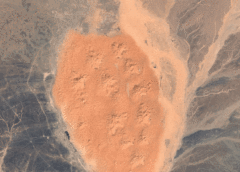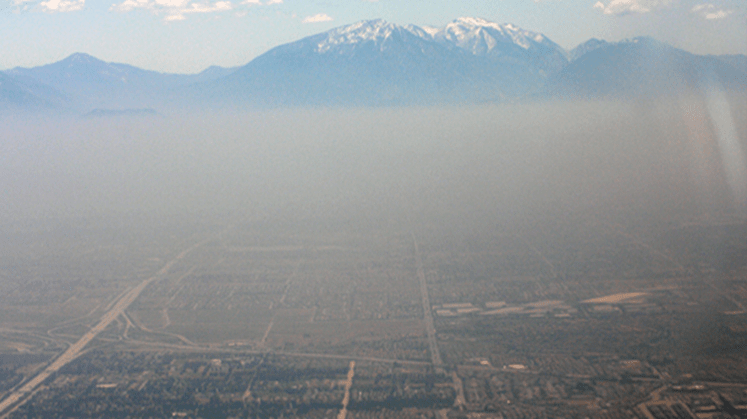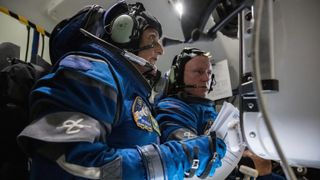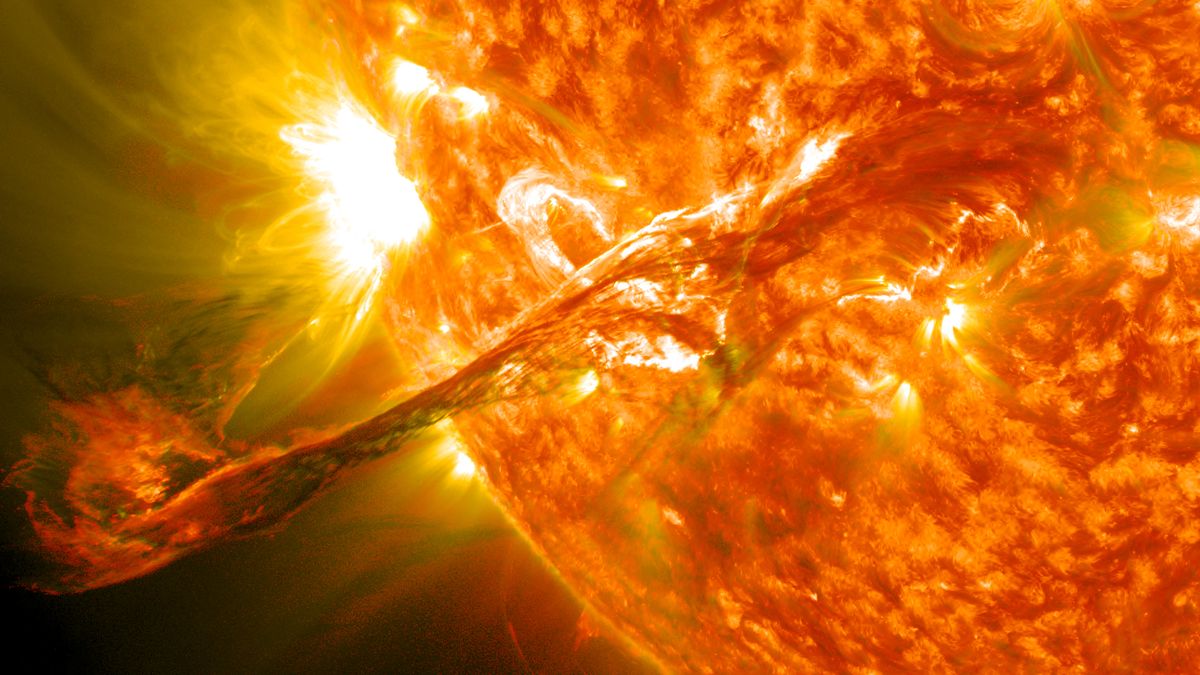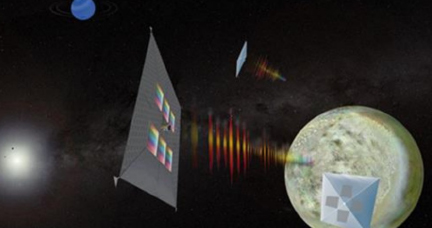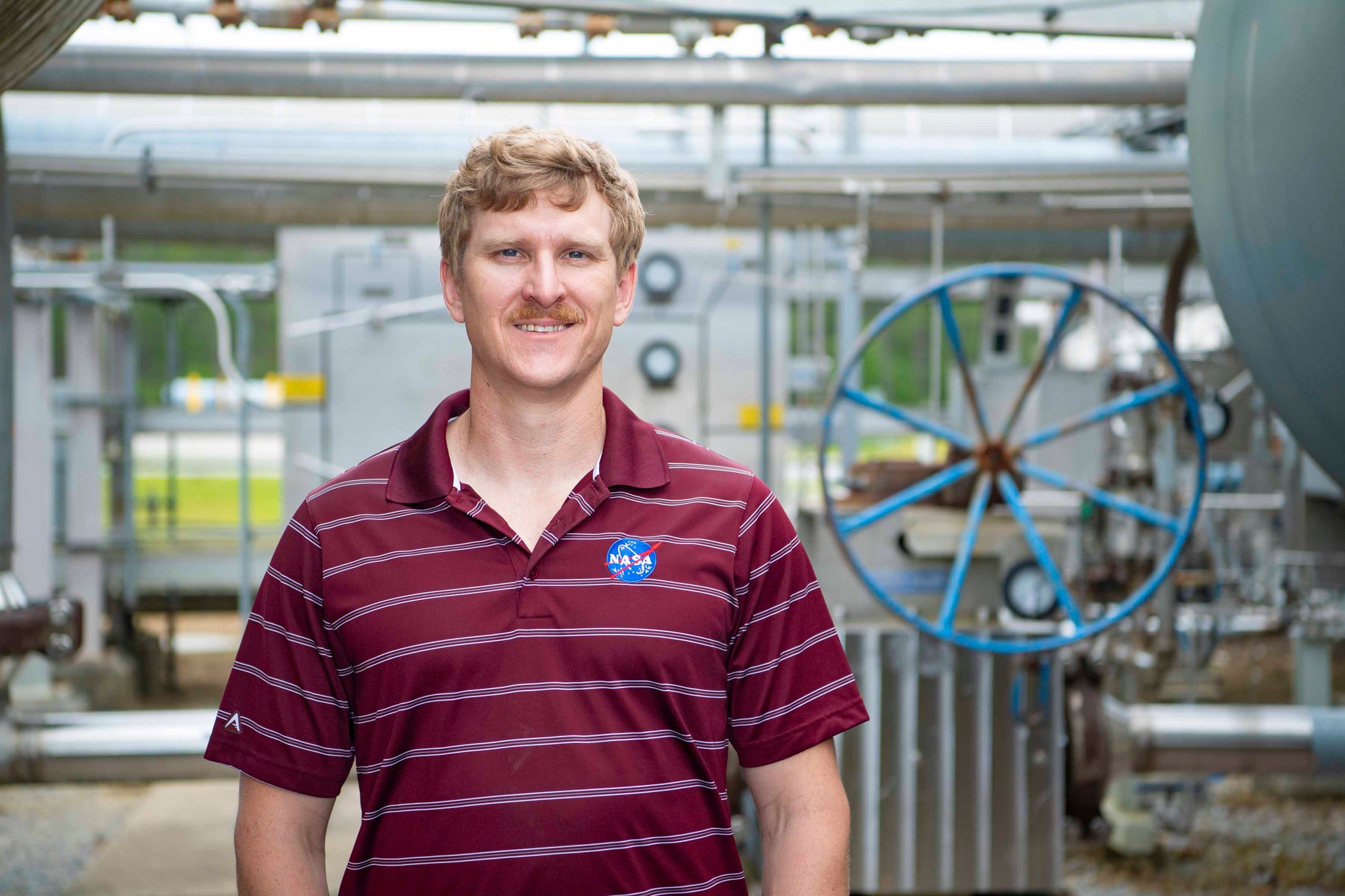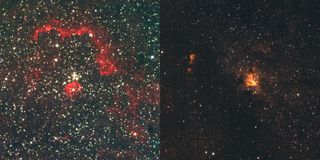Smog over a deep mountain valley. Credit: NOAA NASA, on behalf of the National Oceanic and Atmospheric Administration (NOAA), has selected BAE Systems (formerly known as Ball Aerospace & Technologies Corporation) of Boulder, Colorado, to develop an instrument to monitor air quality and provide information about the impact of air pollutants on Earth for NOAA’s Geostationary Extended Observations (GeoXO) satellite program. This cost-plus-award-fee contract is valued at approximately $365 million. It includes the development of one flight instrument as well as options for additional units. The anticipated period of performance…
Read More‘It almost feels unreal’: NASA astronauts excited for 1st crewed Boeing Starliner launch May 6
Two NASA astronauts are days away from partaking in a new spacecraft’s first-ever human launch — if schedules hold, that is. Boeing Starliner‘s debut crew, Barry “Butch” Wilmore and Suni Williams, told reporters on Wednesday (May 1) that their test pilot experience with the U.S. Navy will help them assess the spacecraft during its debut crewed launch. Liftoff is currently set for Monday (May 6) at 10:34 p.m. EDT (0234 GMT May 7). The event will be livestreamed here at Space.com, via NASA Television. “It almost feels unreal,” Williams, who…
Read MoreNASA prepares for intense sun storms on Mars during ‘solar maximum’
Two NASA spacecraft will pay special attention to increasing levels of radiation that bombard Mars during this year’s approaching solar maximum, to better prepare astronauts for future missions to the Red Planet. Every 11 years or so, the sun experiences a peak in activity known as solar maximum, due to its strong and constantly shifting magnetic fields. During this period of the solar cycle, the frequency and intensity of sunspots on the solar surface increases, generating solar flares and coronal mass ejections that send powerful streams of solar radiation out…
Read MoreScienceCraft for Outer Planet Exploration (SCOPE)
2 min read Preparations for Next Moonwalk Simulations Underway (and Underwater) Artist’s depiction of ScienceCraft, which integrates the science instrument with the spacecraft by printing a quantum dot spectrometer directly on the solar sail to form a monolithic, lightweight structure. Mahmooda Sultana Mahmooda SultanaNASA Goddard Space Flight Center Missions to the outer solar system are an important part of NASA’s goals because these scarcely visited worlds, particularly the ice giants Neptune and Uranus, hold secrets about the formation and evolution of our solar system and countless others. However, due to…
Read MoreBy Their Powers Combined
In a historic first, all six radio frequency antennas at the Madrid Deep Space Communication Complex – part of NASA’s Deep Space Network (DSN) – carried out a test to receive data from the agency’s Voyager 1 spacecraft at the same time on April 20, 2024. Known as “arraying,” combining the receiving power of several antennas allows the DSN to collect the very faint signals from faraway spacecraft. A five-antenna array is currently needed to downlink science data from the spacecraft’s Plasma Wave System instrument. As Voyager gets further way,…
Read MoreNASA Views of the Cosmos with the New and Improved AstroPix
2 min read NASA Views of the Cosmos with the New and Improved AstroPix NASA’s Universe of Learning has relaunched a wonderful resource for exploring the Universe: AstroPix! AstroPix website improvements and a new user-friendly search function provide enhanced access to a universe of imagery for use in the learning environment or simply for your own enjoyment and exploration. The site contains 10,000+ astronomy images from a variety of NASA missions and ground-based observatories that, together, offer a multiwavelength view of the cosmos. Image layouts provide visual access to titles,…
Read MoreScholastic SuperSTEM Magazine Features GLOBE Mosquito Habitat Mapper
2 min read Scholastic SuperSTEM Magazine Features GLOBE Mosquito Habitat Mapper The NASA Earth Science Education Collaborative team collaborated with Scholastic on an article and activity for learners in grades 3-6: “Meet the World’s Deadliest Creature”, which appeared in the May/June 2024 issue of SuperSTEM. The magazine includes nonfiction science articles and activities that encourage learners to problem solve and investigate real-world phenomena. In this hands-on investigation, Mosquito Habitat Survey, learners search for places where mosquitoes could lay eggs, and then, plan ways to make the areas less friendly to…
Read MoreHow NASA Continues Inspiring Engineer’s Future
Briou Bouregois is a mechanical test operations engineer at NASA’s Stennis Space Center near Bay St. Louis, where he enjoys working on a variety of projects to support NASA’s efforts of leading the way in space exploration for humanity. Work at NASA’s Stennis Space Center near Bay St. Louis, Mississippi, takes one site engineer back to a childhood memory, where a dream of being a member of the NASA team began. Now, Briou Bourgeois is working to launch a career with even bigger aspirations. A lot of the work we…
Read MoreU.S. Department of State Open House at NASA Headquarters
NASA Administrator Bill Nelson addresses a Diplomatic Corps during a U.S. Department of State Open House, Monday, April 29, 2024, at the NASA Headquarters Mary W. Jackson Building in Washington. NASA/Bill Ingalls This event was part of Space Diplomacy Week, focused on deepening bilateral relationships, specifically how international partnerships are strengthened by space exploration.
Read MoreThe highest observatory on Earth sits atop Chile’s Andes Mountains — and it’s finally open
A new telescope billed as the world’s highest astronomical site is officially open for business. The Japanese University of Tokyo Atacama Observatory, or TAO, which was first conceptualized 26 years ago to study the evolution of galaxies and exoplanets, is perched on top of a tall mountain in the Chilean Andes at 5,640 meters (18,500 feet) above sea level. The facility’s altitude surpasses even the Atacama Large Millimeter Array, which is at an elevation of 5,050 meters (16,570 feet). TAO is located on the summit of Atacama’s Cerro Chajnantor mountain,…
Read More